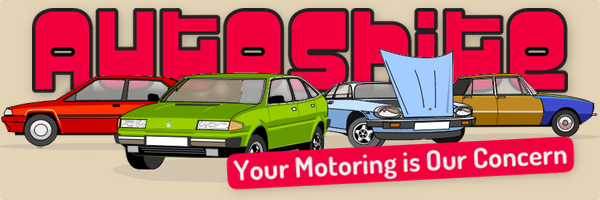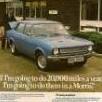Diesel scrapage scheme 2017
-
Similar Content
-
- 151 replies
- 17,372 views
-
MOT PASS! Scrappage scheme rebellion, RFU rescues ANOTHER car from the jaws of the crusher! 1 2
By RoverFolkUs,
- 41 replies
- 3,107 views
-
Ford 1.6 diesel "quick, quiet and clean" 1 2
By Dan302,
- 33 replies
- 2,547 views
-
10 (US Market) Diesel Cars That Time Forgot 1 2
By Madman Of The People,
- 49 replies
- 3,757 views
-
It's May 1992, you have £2.5k to buy a diesel car..... 1 2 3
By Peter C,
- 72 replies
- 3,078 views
-






.thumb.jpg.408c8d25f5f8434a87eaaa2ce0685365.jpg)
Recommended Posts
Create an account or sign in to comment
You need to be a member in order to leave a comment
Create an account
Sign up for a new account in our community. It's easy!
Register a new accountSign in
Already have an account? Sign in here.
Sign In Now